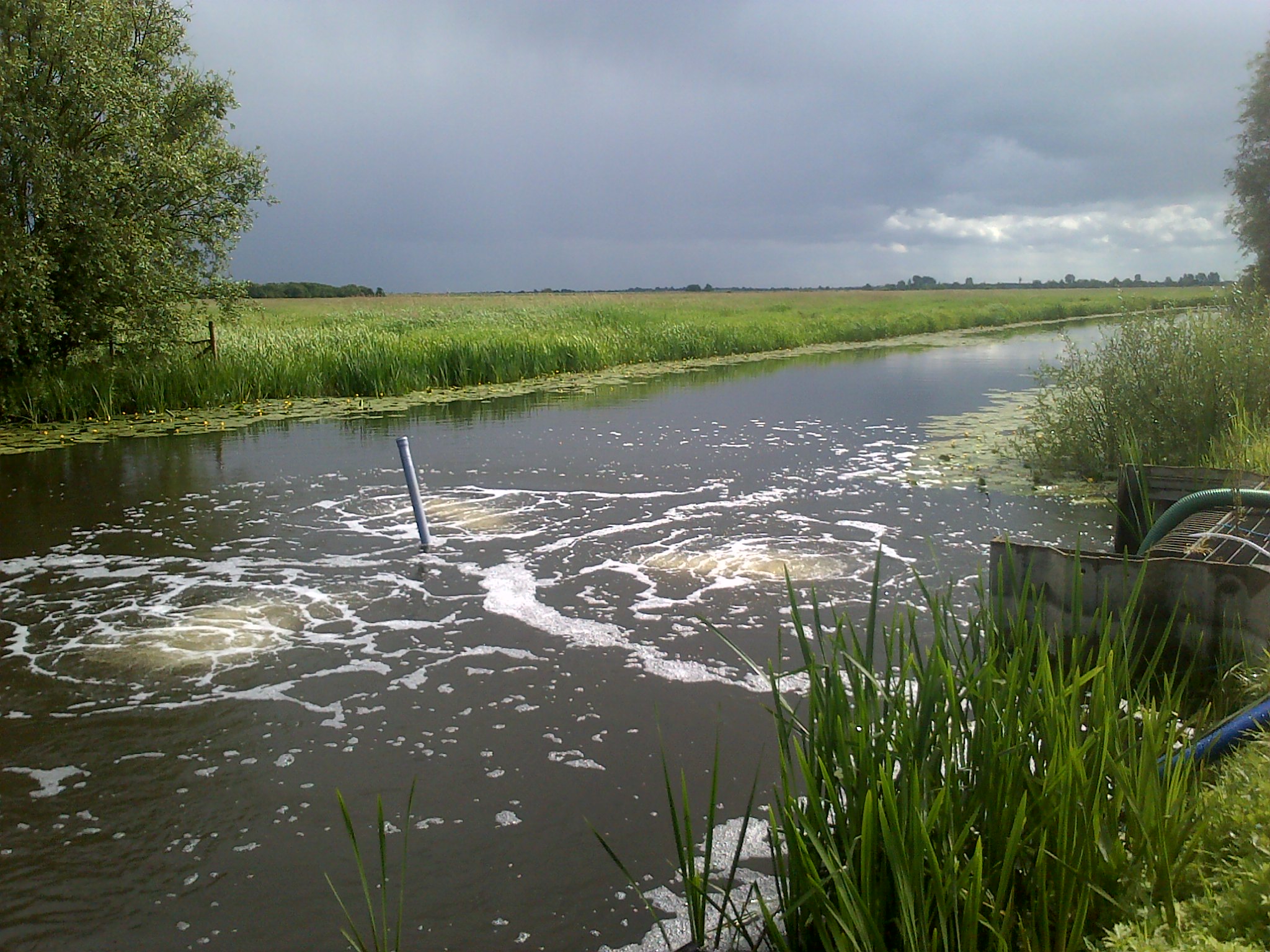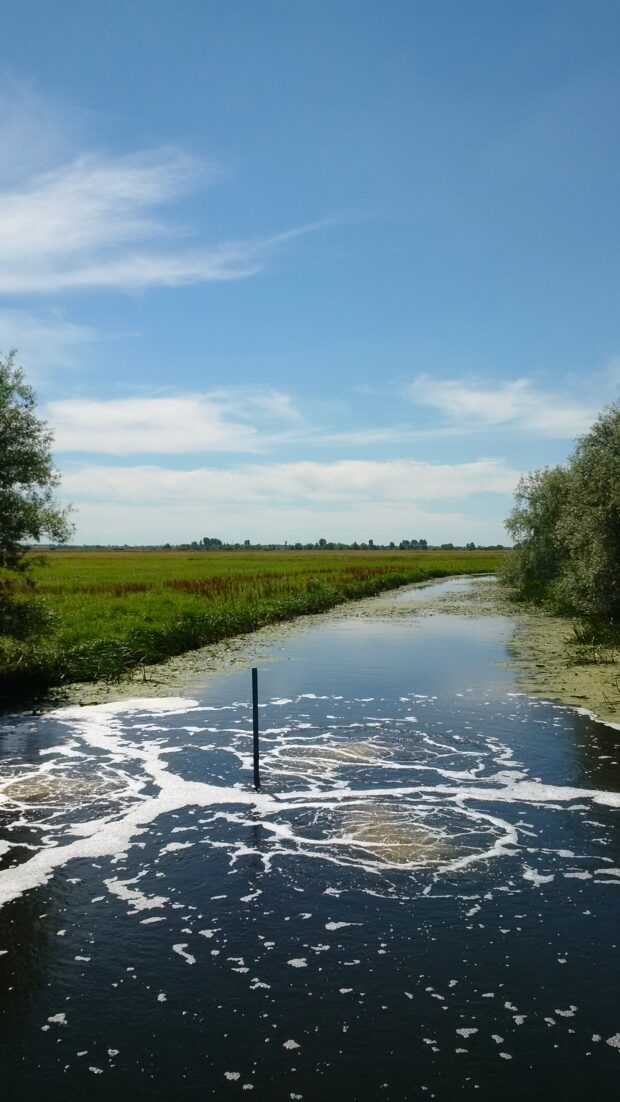
My name is Rupert Wilson and I am the Field Team Leader in the Ouse Washes Field Team in East Anglia. Our team plays a crucial role in the Management of the Ouse Washes Flood Storage Reservoir.
The Ouse Washes Flood Defence System is a large flood storage reservoir in Cambridgeshire. It is approximately 30km (19 miles) long and up to 0.8km (0.5 miles) wide, capable of storing up to 90,000,000m3 of water. The reservoir is maintained by the Environment Agency and partners including private landowners, and the Hundred Foot Washes Internal Drainage Board.
While the Ouse Washes is a vital flood defence system, its importance extends far beyond flood management. The Ouse Washes is one of the largest remaining areas of lowland wet grassland in the UK and holds notable environmental value as a Site of Special Scientific Interest (SSSI), Special Protection Area (SPA), and a Ramsar site.
To ensure that the system continues to protect both nature and local communities, the Environment Agency Ouse Washes Field team in East Anglia use a combination of monitoring, mechanical aeration, and sweetening flows on the River Delph and Counterdrain.
From April to October, the team closely monitors the water levels and quality in the Delph (Old Bedford River). As flood water drains off the washes, it can bring with it low-oxygen, poor quality water - without intervention, this can lead to fish distress and, in some cases, fish mortality.
Remote telemetry units known as SONDEs are used by the team to monitor water quality like dissolved oxygen levels in real time. These devices send alerts to the team when levels begin to drop, allowing them to make a swift response. The team also regularly visit the site to ensure the equipment is in working condition.
Aerators are deployed by the team to blow air into the water column through a Venturi system, which helps to oxygenate the water. The field team are responsible for monitoring the aerators everyday to make sure they are fuelled and working properly.

In addition to aeration, sweetening flows are used to improve water quality and prevent stagnation. A sweetening flow is when fresh water is introduced into the Delph by opening sluices. This process replenishes oxygen levels, and by keeping the water moving it reduces oxygen depletion. In emergency situations Fisheries staff may also undertake emergency oxygenation using chemical aeration techniques, principally with hydrogen peroxide, to rapidly improve water quality.
Staff training is an essential part of the effective management of the Ouse Washes. Each year, the operational team do refresher training to ensure they are well equipped to carry out these tasks.
The Environment Agency Ouse Washes Field team’s efforts have had a significant impact on protecting local communities from flooding and ensuring the waterways remain habitable for fish and wildlife.

1 comment
Comment by James Anderson posted on
Hello
Wondering what the policy is for pumping water out at Welmore Lake Sluice, do you make sure Earith Sluice is not open before pumping water off the Washes?